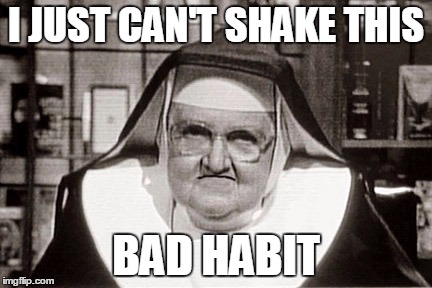Work to Solve your Resolve
It is almost the New Year which is a common time for resolutions and now is as good a time as any to start thinking about them.Most of us make a resolution, maybe stick with it for a few weeks and then back to our old habits. I think about 9% of people actually stick with their New Year's Resolutions. There are a lot of reasons for this. The goals may be too overwhelming or too ambitious or it may just be a destination without a road map.
As a for instance, the most common resolutions (per Reader's Digest) are "get in shape", "lose weight", "enjoy life to the fullest", "spend less, save more", "get organized" and "spend more time with family and friends".
All great goals to shoot for but for basically all of those, you need a plan for how to even get started and it almost always comes back to changing a habit, which is about the hardest thing one can do. The idea is that you develop habits because you get a cue and then get a reward from doing an action - I put the kids to sleep which cues me to go and sit down and have a beer and watch something on TV with my wife because the reward is feeling more relaxed and a time to catch up on the day, butthere is probably a better way to do things.
That's why I think now is a good time to start thinking about a change you want to make because it takes time and maybe some help and research to figure out how to do that.
I like this diagram as a starting off point
(there are plenty others like it online and this was just one of the first that came along but I think it's a good walkthrough)
- Relax and listen to guided imagery audio programs to help you reduce stress, focus on healthy changes, and promote healing. Browse more than 20 topics ranging from preparing for successful surgery or childbirth to managing stress and pain. Go to http://kp.org/guidedimagery and listen online or download to your mobile device.
